At Sirens, attendees examine fantasy and other speculative literature through an intersectional feminist lens—and celebrate the remarkable work of women and nonbinary people in this space. And each year, Sirens attendees present dozens of hours of programming related to gender and fantasy literature. Those presenters include readers, authors, scholars, librarians, educators, and publishing professionals—and the range of perspectives they offer and topics they address are equally broad, from reader-driven literary analyses to academic research, classroom lesson plans to craft workshops.
Sirens also offers an online essay series to both showcase the brilliance of our community and give those considering attending a look at the sorts of topics, perspectives, and work that they are likely to encounter at Sirens. These essays may be adaptations from previous Sirens presentations, the foundation for future Sirens presentations, or something else altogether. We invite you to take a few moments to read these works—and perhaps engage with gender and fantasy literature in a way you haven’t before.
Today, we welcome an essay from Ausma Zehanat Khan! This essay is based on the keynote address that she presented at Sirens in 2019.

Feminism, Patriarchy and Faith in The Khorasan Archives
by Ausma Zehanat Khan
When I first conceived of writing the Khorasan Archives, my four-book fantasy series set along parts of the Silk Road, Central Asia, and the Middle East, I was consumed by a set of questions: What was the place of women within the Islamic tradition? Why did we appear so infrequently in the annals of Islamic history, why had our names and contributions been lost to time, and how did our erasure from our own history affect our current status in Muslim societies and communities?
I was particularly interested in the communities I came from as a woman of Pakistani Pashtuni background, an ethnic group most famously known for constituting the Taliban. Perhaps the Taliban’s most notorious act was to shoot a young schoolgirl by the name of Malala Yousafzai in the head for daring to attend school in defiance of their strictures. Though critically injured, Malala would go on to recover and become an outspoken advocate for girls’ education around the world, ultimately winning a Nobel Prize.
As a fellow Yousafzai (though my family spells it Yusufzai), I was horrified by what had happened to Malala specifically, but as a thinking and feeling human being, I was also outraged by the status of women and girls under Taliban law. So much of what was imposed upon all women, not just Pashtuns, living under Taliban law, was done in the name of a reading of Islam that invalidated the humanity of half the population. The Taliban had taken a religion practiced by a quarter of the world and turned it into a weapon aimed at the women of their communities. And not just the women, of course. The Taliban’s creed of nihilism had a drastic impact on the rights of minorities, political dissidents, and male members of Pashtun communities, as well as any who opposed their rule.
As a Pashtun Muslim woman, I saw these two forces of systematic erasure and oppression as being indelibly connected.
And I decided that I would write a series that put women at the front and center of the Islamic tradition, a tradition they would then use to liberate themselves from oppression and to reclaim their personhood and dignity. In writing the series, I began with the minute and personal—my own background—then expanded to encompass the astonishing sweep of the Islamic civilization. And while in the process of excavating my personal history, I turned a lens on a moment of crisis and decline in the broader Muslim world, focusing on the issue of faith being used as an instrument of oppression.
There were many challenges to taking this approach. As I considered both the personal and the global, I had to be careful not to give ammunition to xenophobes with a particular hatred of Islam and Muslims, along with a contempt for nuance. And I myself had to be wary of falling into the trap of depicting an extremist fringe as representing the center, while still speaking up on the issues that concerned me. The Khorasan Archives were shaped by these tensions and concerns.
The touchstones of my fantasy series were taken from Islamic history, but placed almost exclusively in the hands of women, as a speaking back to narratives, both classical and modern, that treat us as no more than a footnote.
So in The Bloodprint, the first book in the series, a dark power called the Talisman, born of ignorance and persecution, has risen in the world of Khorasan. Led by a man known only as the One-Eyed Preacher, it is a movement bent on world domination—a superstitious patriarchy that suppresses knowledge and is particularly concerned with destroying the written word. The Talisman’s other passion is the subjugation of women: Their creed is founded on the oppression and enslavement of women.
In the different parts of the world of Khorasan, resistance groups have formed to fight the Talisman’s tyranny. At their forefront are the Companions of Hira, a group of women mystics whose power derives from the Claim—the magic inherent in the words of a sacred scripture. (Without naming it as such in the series, this sacred scripture refers to the Qur’an, the holy book of Islam.) Arian and Sinnia are two of the most powerful members of this group, one knowledgeable in the Claim, the other in weaponry and war, bound by an unshakable sisterhood. Together, they have stalked Talisman slave-chains and disrupted the Talisman’s power. Now they set out in pursuit of the Bloodprint, a dangerous text the Talisman has tried to erase from the world, because it is the key to Khorasan’s salvation.
The quest for the Bloodprint is a quest to deliver the world from tyranny and ignorance. It’s an inherently radical and revolutionary tale because the women in this story—the Companions of Hira, the Empress of the Cloud Door, the Khanum behind the Wall, the Queen of the Negus, the leaders of the Basmachi resistance, the Teerandaz archers of Ashfall—have each imagined a different future for themselves, a future where they topple the patriarchy and reinstate themselves as full and equal citizens.
I wrote The Bloodprint because I wanted to write about my own culture, Pashtun culture—its strengths, its beauties, its fascinating traditions, yet also, its shortcomings. I particularly wanted to write about Pashtun women because of the rise of the Taliban.
Pashtuns are the largest ethnic group in Afghanistan. Because there has been no recent reliable census in the country, that number could be anywhere between roughly 40 and 60 percent of the population. Pashtuns also make up the second largest ethnic group in Pakistan, at around 15 percent of the population. The Taliban, or as they call themselves, the Islamic Emirate of Afghanistan, is a political organization and military movement composed mainly of Pashtuns. They rose to power in Afghanistan in 1994 and were prominently involved in the civil war. Many Afghans believed they would guarantee stability after decades of war. Their stance against corruption in an era of rampant corruption also made them popular. The Taliban movement recruited Pashtuns from southern and eastern Afghanistan who were mainly educated, if educated at all, in traditional Islamic schools called madrasas. Kandahar became their stronghold, and over the years, there have been different manifestations of the group, with a spillover effect and related entities operating within northern Pakistan.
As is well known now, Taliban rule was characterized by an extreme fundamentalist interpretation of Islamic law that resulted in the systemic oppression of women and minorities. In the period ranging from 1996-2001, the Taliban conducted a scorched earth policy of destroying vast areas of farmland, murdering civilians, destroying tens of thousands of homes, and denying UN food aid to 160,000 thousand civilians in need. (This is why the Khorasan Archives has as its backdrop the issue of on an ongoing famine.) The Taliban also became known for the crime of widespread cultural destruction, such as the blowing up of the Buddhist statues in Bamiyan province in 2001.
As time went on, and their power became consolidated, the Taliban’s version of Sharia law became increasingly restrictive. Among the things they banned were kite-flying, poetry, music, dancing, singing, radio, television, the theater, various forms of fiction and nonfiction, and the reporting of the free press. A strict dress code was enforced on men and women both—the length of a man’s beard, the completeness of a woman’s burqa and veil—but the most egregious of their abuses were against women. Restricting women’s right to work, women’s access to healthcare, and the education of women and girls, as well as engaging in violent attacks—including acid attacks—upon schoolgirls and teachers, and ultimately, the burning and closing of schools.ii
To the Taliban, women are a constant source of temptation and corruption and thus their freedom, including freedom of thought, needs to be controlled and constrained. The extent of the Taliban’s influence has fluctuated over the years, but is on the rise again in parts of the country.
The name Taliban derives from “talib,” which means “student,” and Taliban is the Pashto-language plural “students.” Students formed the backbone of the Taliban. This painful irony of students who possess very little knowledge and wish to prevent others, particularly women and girls, from acquiring any, is at the heart of the Khorasan Archives.
It’s beyond the scope of this essay to examine the impact of decades of war in Afghanistan or the role of foreign interventions. My primary focus in writing my series was to explore the status of women and girls under a law where freedom is curtailed in the name of two things: a fundamentalist interpretation of ideology and the code of Pashtun culture, known as Pashtunwali/Pakhtunwali, where tribal and clan honor is seen as paramount. So how have these two factors affected women and girls?
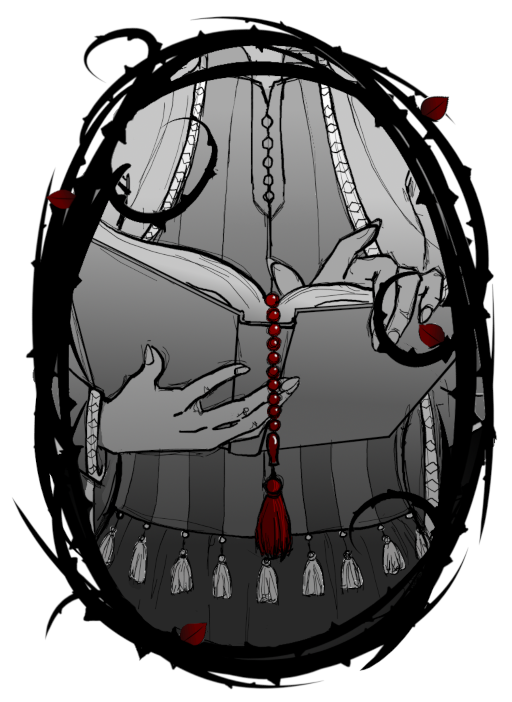
In 2017, Human Rights Watch published a report on the status of girls’ education in Afghanistan. Sixteen years after the US-led military intervention in Afghanistan ousted the Taliban, an estimated two-thirds of Afghan girls do not attend school. Insecurity, poverty, and displacement keep girls out of school, no matter the promises of international donors. Only 37 percent of adolescent girls are literate, as compared to 66 percent of adolescent boys.
Afghanistan’s government provides fewer schools for girls than boys at both the primary and secondary levels. In half the country’s provinces, fewer than 20 percent of teachers are female, a major barrier for the many girls whose families will not accept their being taught by a man, especially as they become adolescents. Separation and segregation of the sexes is an important part of Pashtun culture, particularly in tribal areas.
In contested areas of the country, girls seeking to attend school also face security threats. The conflict has been accompanied by lawlessness. Militias and criminal gangs have proliferated, and girls face threats including sexual harassment, kidnapping, and acid attacks. In this environment, education is increasingly affected, and girls are disproportionately harmed. But they are not the only ones harmed. Boys, of course, are indoctrinated in Taliban schools, taught only an extremist interpretation of Islam, with no access to alternate points of view, or richer and more diverse forms of education. They’re taught by teachers with a vested interest in promoting the Taliban worldview, and from a young age, boys live the Pashtun code of Pashtunwali, which has its dignity, beauty and strength, but which can also be oppressive to all genders. For decades, Pashtun boys have grown to manhood fighting the Taliban’s wars or living with the outcome of those wars in a deeply war-traumatized nation.
So in writing this series I not only wanted to explore what happens to women under a law like the Taliban’s, but also the impact on the boys and young men who have no other path forward than war—no other guarantors of security than a group like the Taliban.
As I mentioned in my introduction, in all my writing, I’m engaged in the most delicate balancing act. It’s vitally important to me not to contribute to the demonization of Muslim communities through my work. Yet I can’t be silent on the issue of human rights, women’s rights, or the erasure of women from participation in public or communal life and from most accounts of Islamic history. To counteract this, I highlight the contributions of women to the dizzying accomplishments of the Islamic civilization in the worldbuilding of the Khorasan Archives.
And to facilitate that delicate process of critical self-reflection without falling into the trap of feeding racist anti-Muslim discourse, I began with the story of a Pashtun woman like myself. My main character, Arian, is from the city of Candour, and she’s living through a historical moment where women are treated the same way by the Talisman—some thousand years into a future where the world has burned down—as they are currently treated by the Taliban. In Khorasan, women have lost access to their history, to knowledge, to education and to individual freedom. In The Bloodprint, I write about what it’s like to live in that society, almost entirely from the perspective of women.
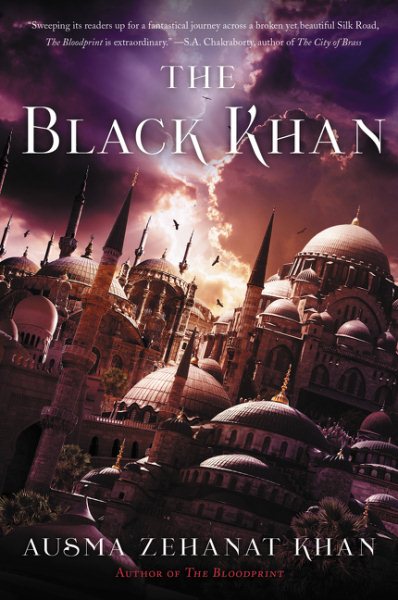
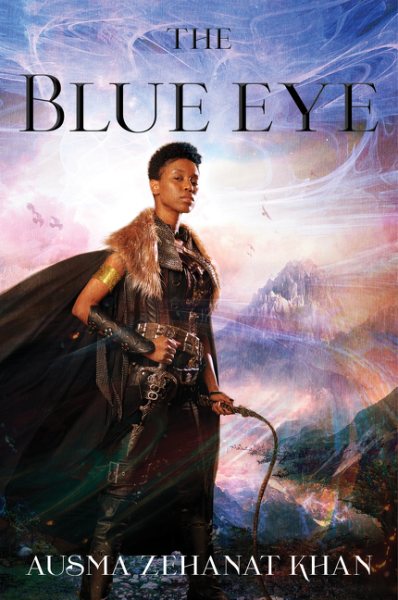
But in the second and third books in the series, The Black Khan and The Blue Eye, without taking anything away from the heroism of the women in my series, I bring into focus Arian and Sinnia’s confederates and allies. Men who oppose the Talisman’s rule of law and who help to bring down a patriarchy that oppresses all the people of Khorasan with its anti-humanism. I write about Arian’s ward, Wafa, a Hazara boy—when the Hazara are a persecuted group, as they are today in Afghanistan—who has ample and intimate knowledge of the Talisman’s cruelty. I also open up the story to include Arian’s beloved, Daniyar, the Silver Mage and Guardian of Candour, a member of the Shin War tribe, a tribe that has fallen to Talisman rule. Daniyar in many ways embodies the code of Pashtunwali, the Pashtun way of life, with its traditional qualities of nobility, honor, and strength in war.
Perhaps less well-known or regarded is the concept of “namus” or women’s honor, which refers to the modesty, respectability and protection of women. A Pashtun man’s honor rests upon his ability to uphold and protect the honor and dignity of the women of his family and clan. Traditionally, the concept of “namus” has been a way of controlling the behavior of women so that it doesn’t diminish the honor of men.
But “namus” could also be conceived of as according honor to a man who upholds and protects the rights of women, a part of Pashtun culture which too often is disregarded, though not by Daniyar.
The Khorasan Archives spends some time developing the character of Daniyar as a man who has resisted Talisman law from its inception, and who has sought to teach the orphan boys of Candour another way of seeing and being. This conception of honor is given more weight as the series progresses. In writing about it, I was trying to answer the question of what other ways of being are possible for the boys and young men of a war-traumatized nation steeped in patriarchal culture. It was important to me to include Daniyar because I wanted to imagine what equality and partnership might look like in a world where relationships between the sexes are premised on subjugation and oppression.
This examination of roots and origins was only part of my project. It may have been the spark that lit my interest in writing the Khorasan Archives, but I realized I wanted to explore more than my own roots, or at least the specificity of my own roots. Which takes me back to the question of Muslim identity, to the interconnectedness—for good or ill—of a global community.
In looking at the role of religion in society, it was evident that there are many similarities between the Taliban and other extremist groups—who of course, do not represent mainstream Muslim society, practice or ethics—but who have evolved patriarchal theologies to oppress women in Muslim-majority lands. A common factor within these theologies is the obsession with Muslim women’s dress: the need to comment on it, to legislate it, to either veil or unveil Muslim women forcibly, depending on the society or the era, and to intrude ever more deeply into Muslim women’s lives. Wherever an extremist interpretation of Islam flourishes—whether in the heartland of Arabia, or in rural communities in Nigeria, or in the cosmopolitan cities of Iran, or with fundamentalist revisionism in progressive societies like Malaysia and Turkey, extremist ideology is nearly always accompanied by two things: (1) the oppression of women to varying degrees along a spectrum, and (2) the violation of the human rights and human dignity of minorities.
I want to emphasize that this doesn’t apply to all Muslim societies, nor to all interpretations of Islamic theology and practice. I am pointing specifically to places and moments of crisis and decline. The Muslim world is vast, it can’t be painted with a single brush. It encompasses many different cultures, practices and histories. More, many instances of crisis and decline can be attributed less to Islamic theology and more to broken politics, particularly in the Middle East; to prevailing social, economic and political conditions in specific states, such as Iraq, Libya, or Syria.
Having said that, there is a thread of commonality between groups like ISIS, the Taliban, Boko Haram, al Qaeda, or elements of the Iranian theocracy, etc.: the fundamentally exploitative, exclusionary, anti-humanist, intolerant and patriarchal use to which religion is put in the service of tyrants or groups who seek exclusive power and control in deeply religious societies.
My personal history is rooted in societies like these.
As a Muslim woman who is part of the global community, or the ummah, my present and future are also connected to them all. It was on that basis that I wanted to interrogate the interplay between religion and society, and to challenge an anti-humanist, patriarchal, intolerant and exclusionary reading of religion that denies women equality and dignity, rendering them a lesser order of physical and spiritual beings.
But I wanted to be even more radical than that in terms of how I addressed these issues in my books. The Islamic tradition is a tradition I venerate. Its history isn’t merely academic to me—it’s deeply personal. I claim it for myself, just as many Muslim women claim it for themselves. We refuse to be excluded from it, to be ignored, or underwritten or forgotten. This is why I gave the magic in the series the name of the Claim. The Companions of Hira are claiming their tradition for themselves. The Claim is an oral magic that speaks to the power of the written word so I performed a bit of linguistic wordplay deriving “claim” from “kalimah/kalam,” which in Arabic means “speech” or “utterance” or “the word,” and in the case of “kalaam Allah”, “the sacred word.”
I was also fascinated by the story of the “munafiqeen”—the hypocrites. In the context of Islamic history, the “munafiqeen” were those who promised to stand with the Prophet Muhammad against his enemies, but went whichever way the prevailing wind blew, refusing to stand for any principle. And in the context of the Khorasan Archives, I thought about this a great deal. I considered the hypocrisy of preaching morality and piety to women, while practicing the rankest injustice. I thought of those Taliban warlords who took a faith premised on equality and justice, and turned it into an instrument of humiliation, subjugation and war.
Thus, the themes of the Khorasan Archives were born. The idea of a liberation theology came to life, and my Companions of Hira set off not to fight a war against men, but to reclaim their tradition for themselves, to have an equal say in interpreting it, reading it, living it, to be able to use it as a tool of justice, to use it to bring down the patriarchy and end a reign of injustice.
I began with the story of Pashtun women in Afghanistan, then swept through the history, terrain and mythology of the Islamic civilization—which despite our linguistic, ethnic, cultural or sectarian differences—is what the Muslim ummah holds in common.
The series doesn’t use the terms and names that I describe in this essay because I imagined a future where history was erased, and languages intermingled into a common tongue, though without any difficulty at all, you’ll deduce that the high tongue in this series is Arabic. The Arabic language touches all the histories and cultures of the Islamic civilization and has penetrated all its mother tongues. Whether they speak Arabic or not, most Muslim children from observant families learn to read classical Arabic at a very young age. To me, this is a thing of beauty—a thing that links us, a history I cherish.
In writing about the moment of crisis and decline embodied by groups like the Taliban or Boko Haram—and their culture of ugliness, I wanted to speak back to ugliness with beauty. The beauty of Arian and Sinnia’s quest. The beauty of the future they imagine, a future that builds on the dignity of their heritage, in place of the perversion of it brought into being by the Talisman/Taliban.
The Arabic language was central to the story because the Islamic civilization is a civilization of the book. A civilization of the word.
So I wrote about an illiterate people, a people without access to the written word, without access to the holy word, and in their commitment to ignorance, in their anti-intellectualism, in their rejection of innovation and of independent reasoning, in their refusal to embrace pluralism or diversity of opinion—they brought themselves to ruin.
Only the Companions of Hira can redeem them, the group of women mystics who are at the center of my story, led by Arian and Sinnia, two of the most gifted and determined Companions. And I chose the name “Companions of Hira” quite deliberately. In the context of Islamic history, Hira was a cave in Arabia where the Prophet Muhammad received divine revelation. The Companions were Companions of Muhammad, and through their accounts, we’ve come to learn about his life and teachings, as with the disciples of Jesus. But in most accounts of Islamic history, little attention is paid to women. They’ve been all but lost to history, or relegated to footnotes, even when they were powerful in their own right, as jurists, mystics or warriors. So with the Khorasan Archives, I was deeply motivated to speak back to this erasure. Thus, the Companions of Hira in my series—those who hold what is effectively religious authority—are all and only women.
A final point about my radical intentions: in this introspective series that is essentially a calling to account, the women of Khorasan do not require liberation by outside forces, nor do they need to be educated by those who deem themselves superior. There’s no civilizing mission here.
Arian and Sinnia are more than capable of liberating themselves—not with the aid of foreign intervention, not by being enlightened as to the backwardness of their ways, nor through any colonial constructs at all.
In Khorasan, for revolution to succeed, for a democratic and egalitarian transition to take root, the new form must be congruent with the old. The roots of reformation must lie within the people of Khorasan’s own tradition, if it is to be seen as authentic. If it is to have legitimacy.
And what the heroines of my series would argue is that you derive from a tradition what you bring to it. If you bring an ethical perspective to it, an ethical reading will flourish in your hands.
So far from being used as an instrument of oppression, Arian and Sinnia find their dignity and freedom in the Claim. Because their reading of the Claim is the reading of all people of decency. It’s one that recognizes beauty. It honors human dignity, and it enshrines and protects fundamental human rights.
In writing this series, and excavating my personal history alongside my connection to the Islamic civilization, that was what I hoped to recognize and re-claim.
i Pashtuns are called Pashtun/Pakhtun in the Pashto/Pakhto language, and Pathans in the Urdu language. My family is Urdu-speaking, but I use the term Pashtun as it’s more broadly known.
ii “I Won’t Be A Doctor and One Day You’ll Be Sick”: Girls’ Access to Education in Afghanistan. (Human Rights Watch, October 2017). See also, Afghanistan: Girls Struggle for an Education

Ausma Zehanat Khan holds a Ph.D. in International Human Rights Law with a specialization in military intervention and war crimes in the Balkans. She is a former adjunct law professor and was Editor-in-Chief of Muslim Girl magazine, the first magazine targeted to young Muslim women, and is the award-winning author of both the Khorasan Archives (The Bloodprint, The Black Khan, The Blue Eye, and The Bladebone, coming this fall), and the Rachel Getty and Esa Khattak series (beginning with The Unquiet Dead). Originally from Canada, Khan now lives in Colorado with her husband. For more information about Ausma, please visit her website or her Twitter.
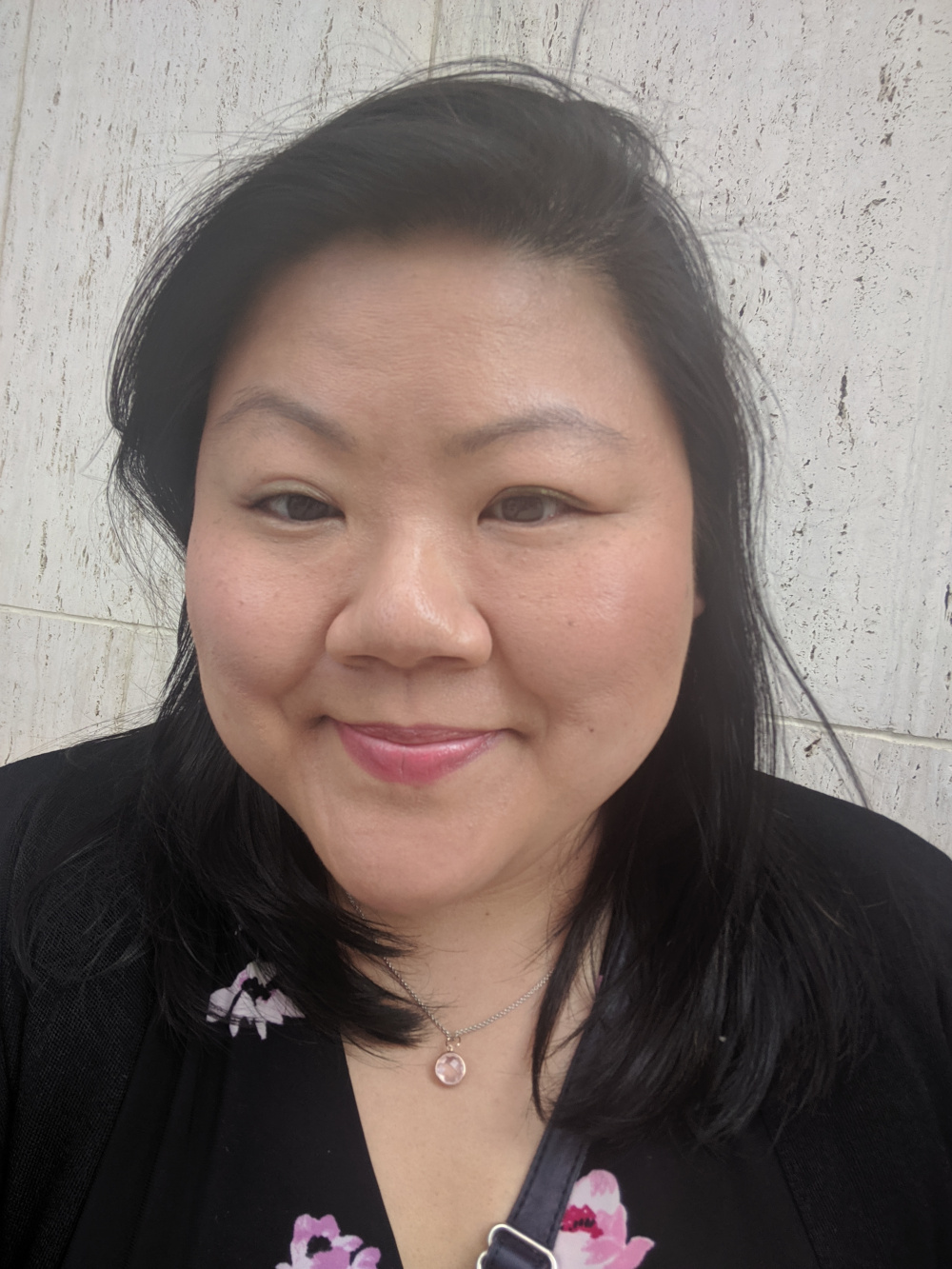


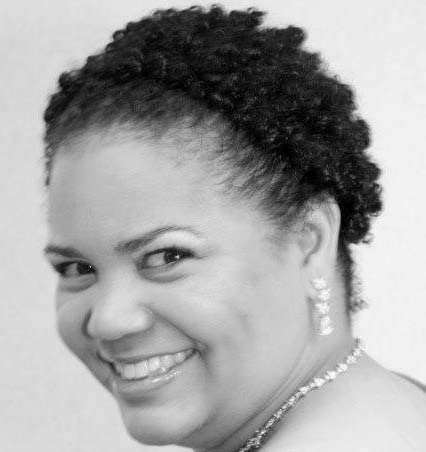
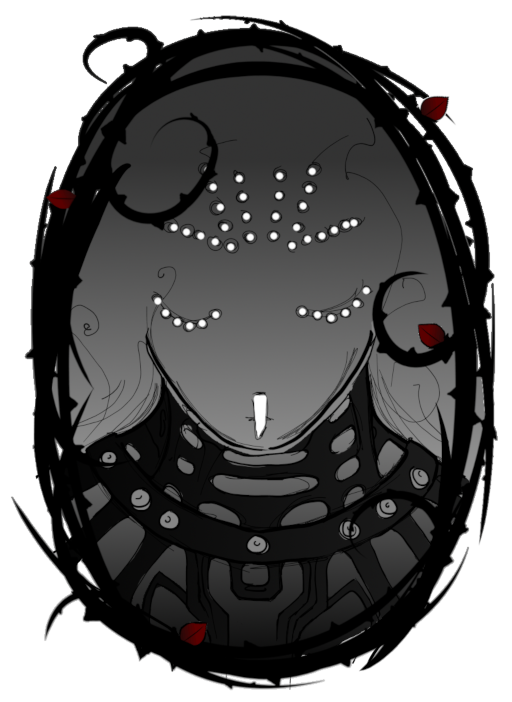


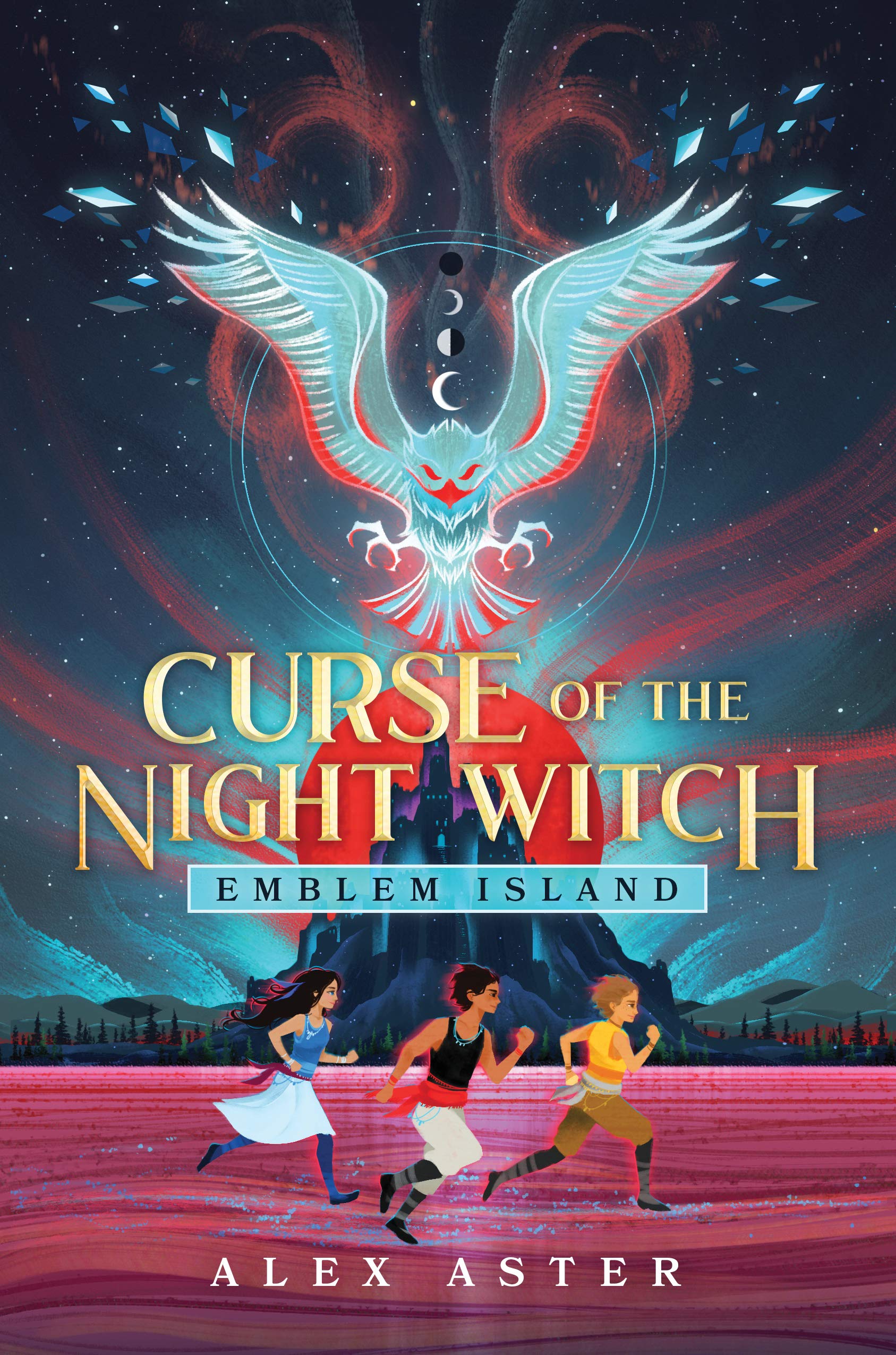
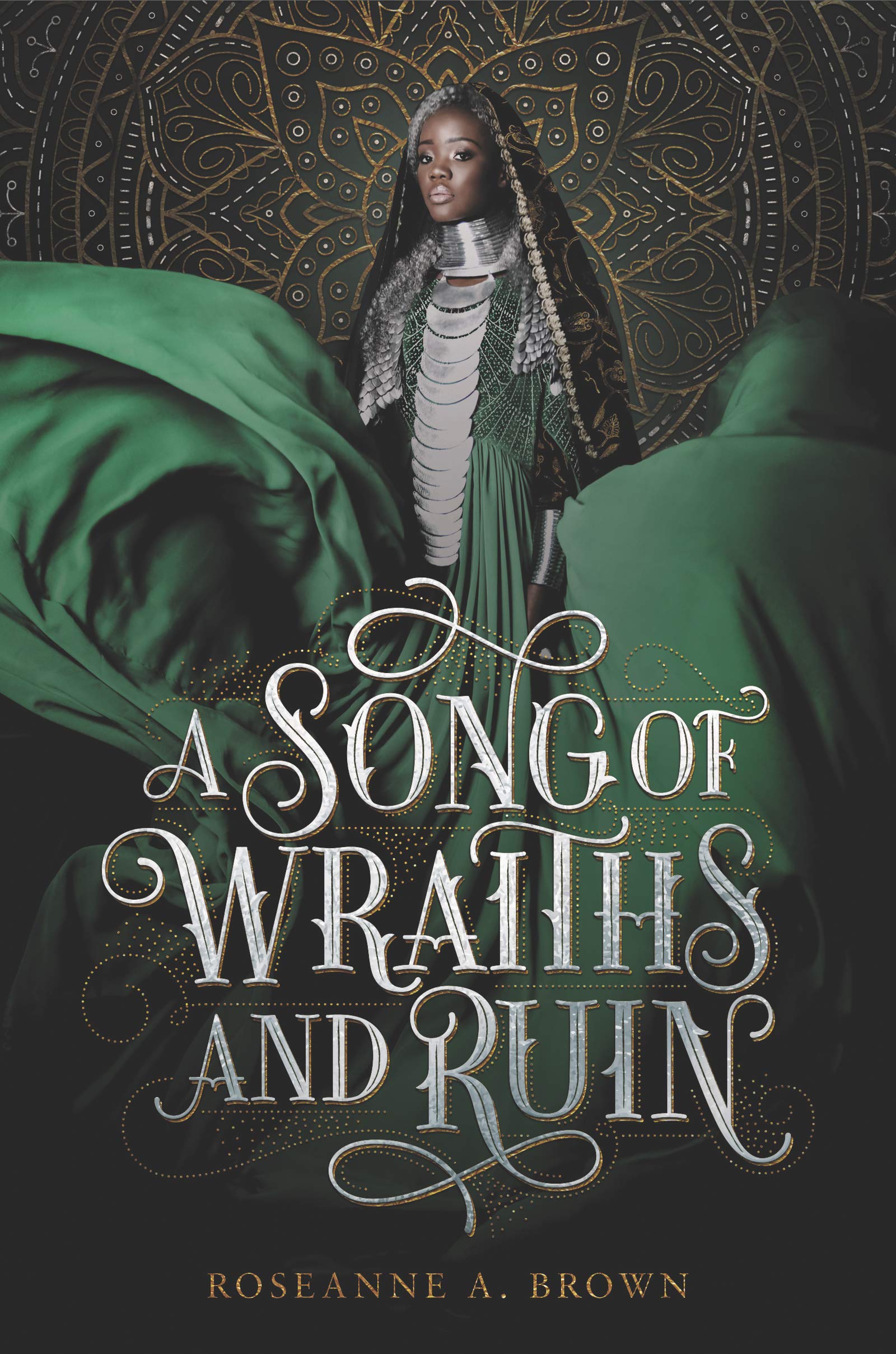
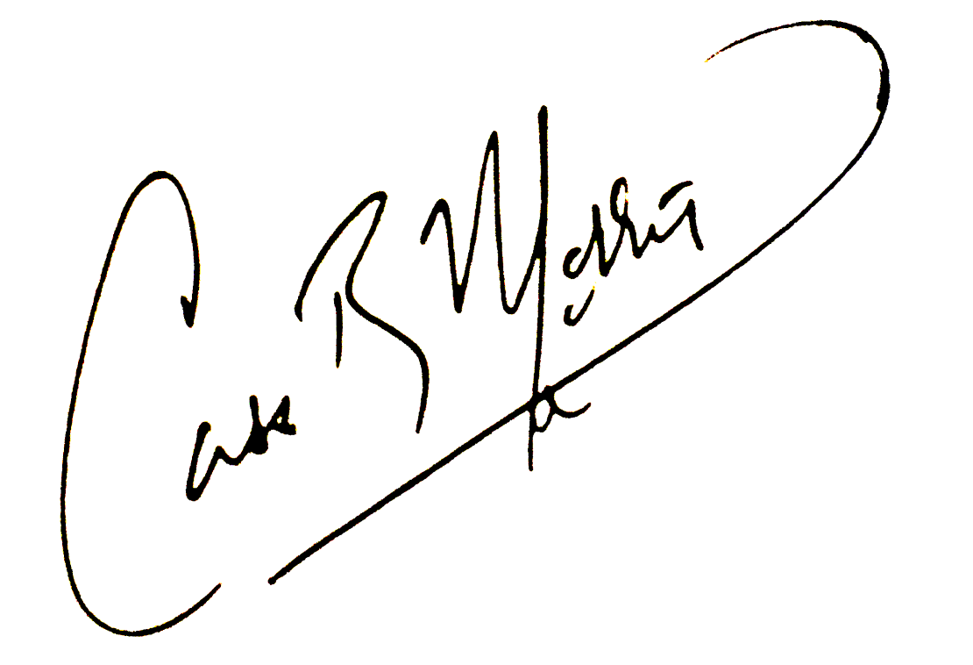





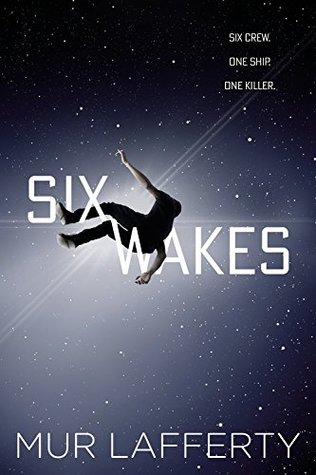
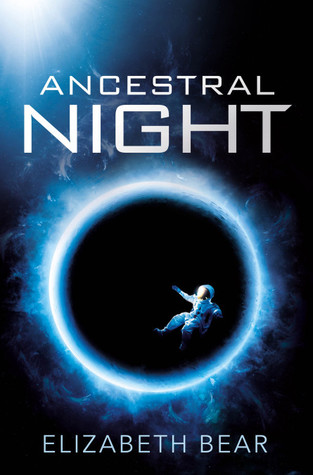
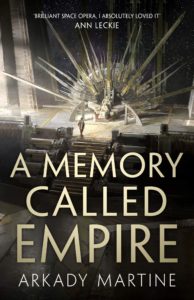
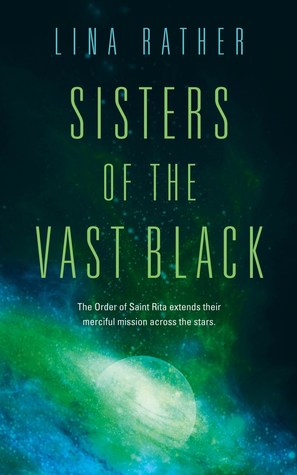
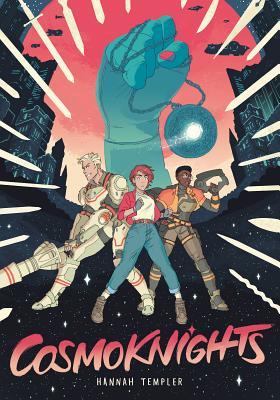
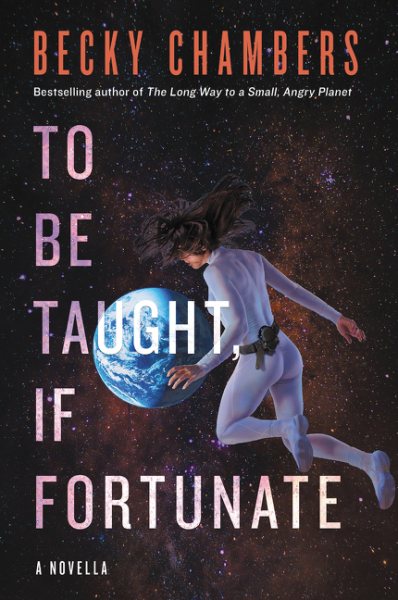
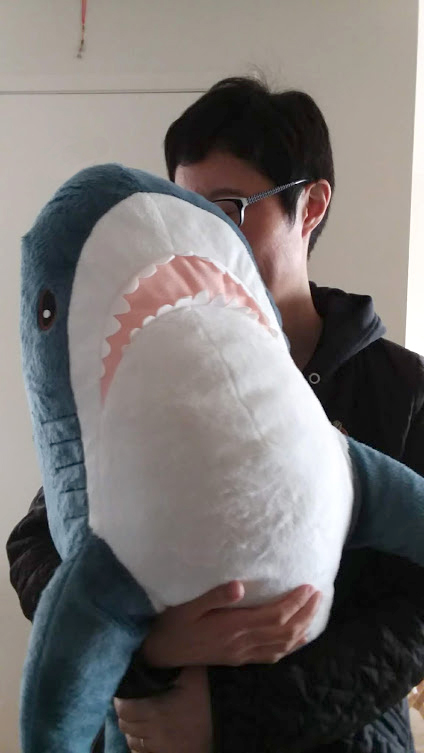
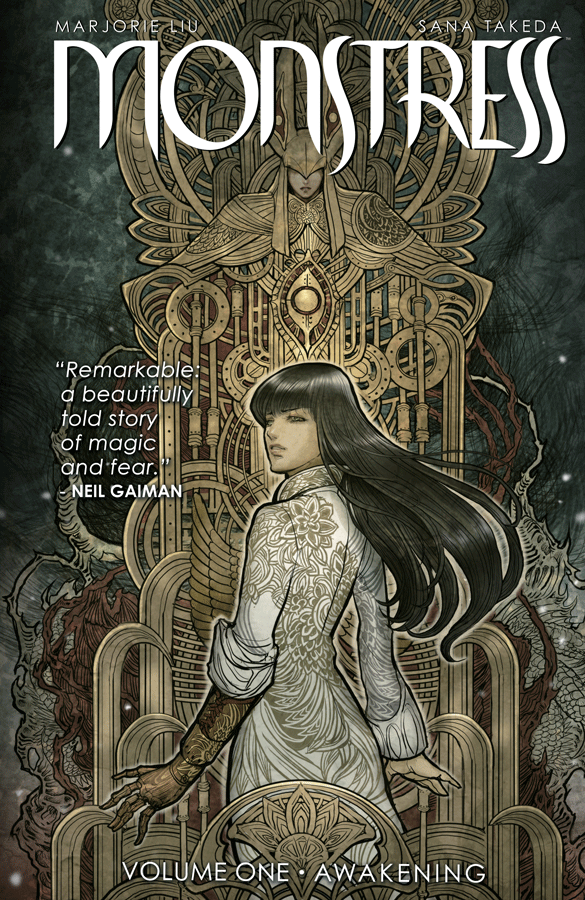
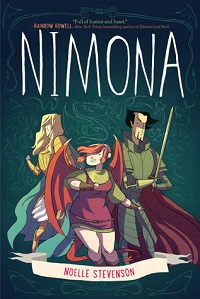
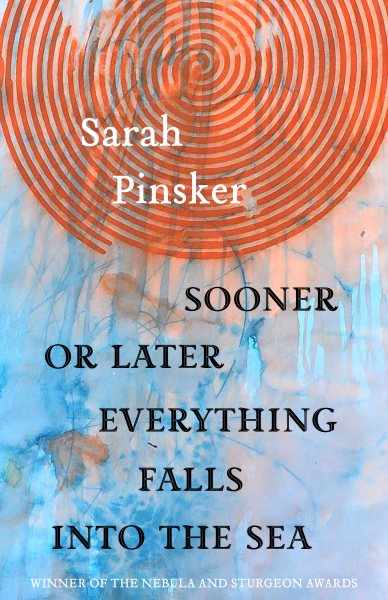
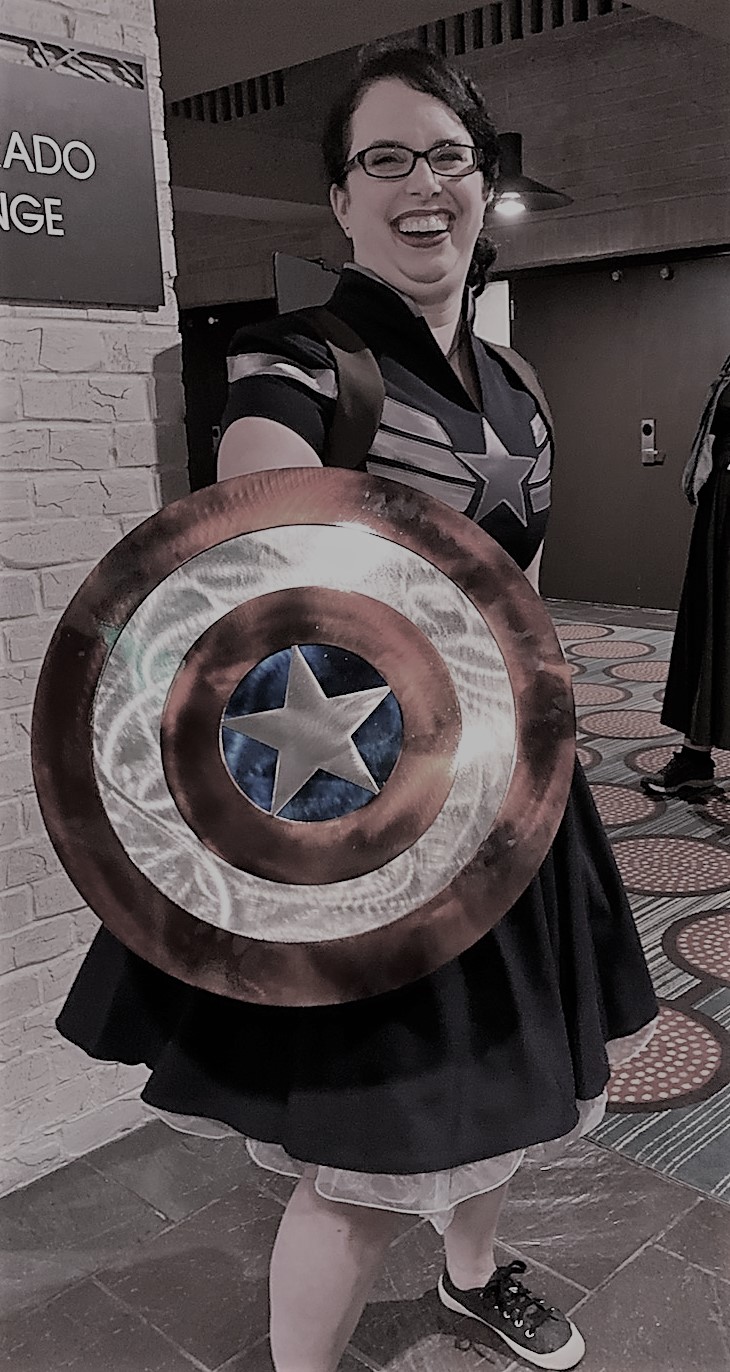 By day, Amy Tenbrink dons her supergirl suit and practices transactional and intellectual property law as an executive vice president for a media company. By night, she dons her supergirl cape and plans Sirens and reads over a hundred books a year. She likes nothing quite so much as monster girls, Weasleys, and a well-planned revolution.
By day, Amy Tenbrink dons her supergirl suit and practices transactional and intellectual property law as an executive vice president for a media company. By night, she dons her supergirl cape and plans Sirens and reads over a hundred books a year. She likes nothing quite so much as monster girls, Weasleys, and a well-planned revolution.
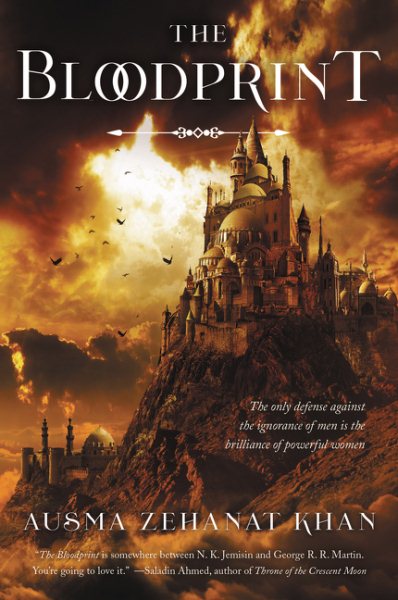


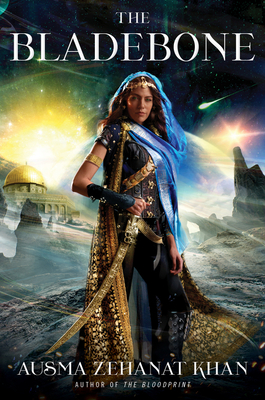






































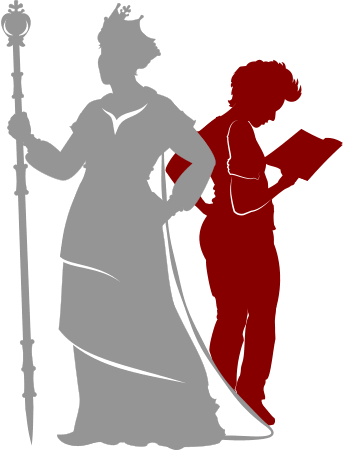

Connect with the Sirens community
Sign up for the Sirens newsletter